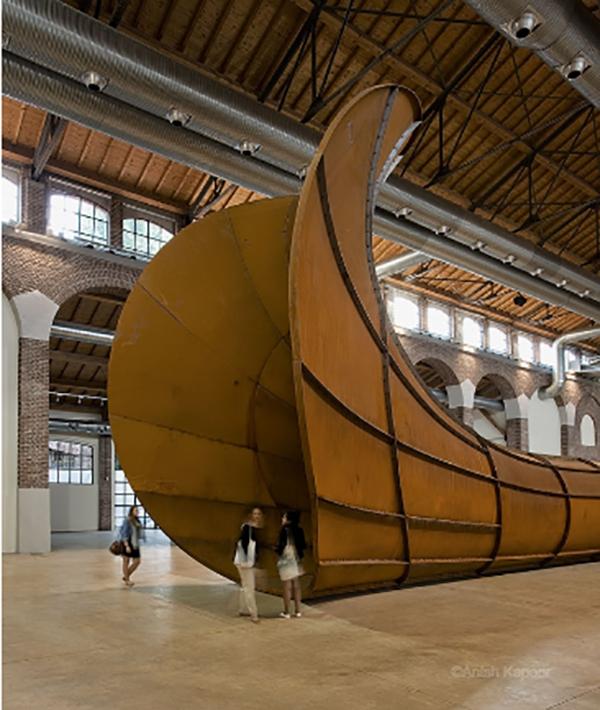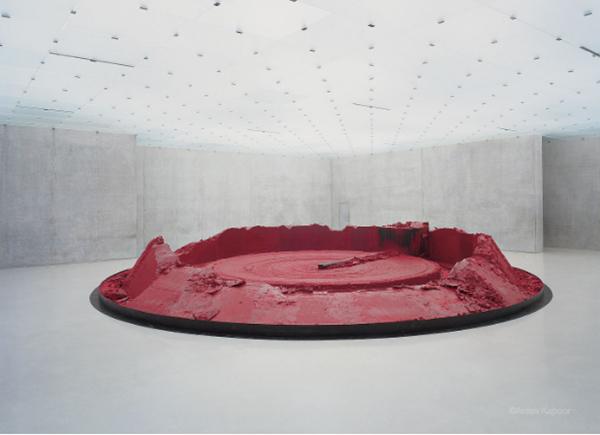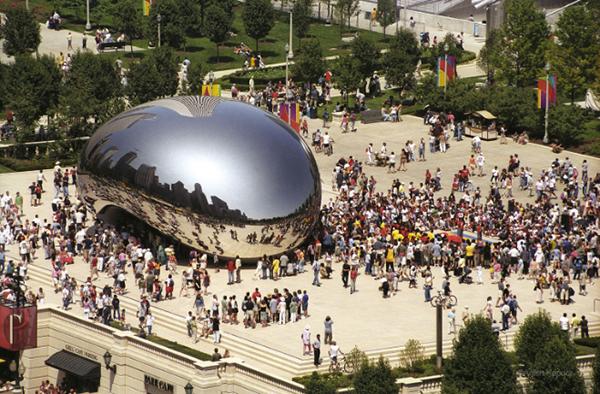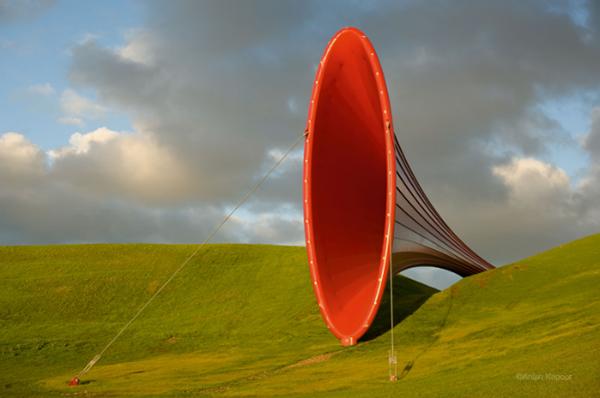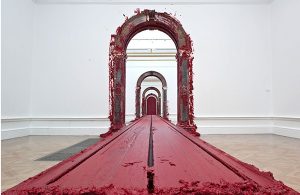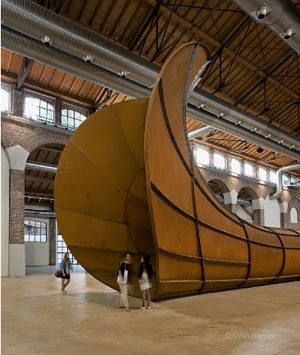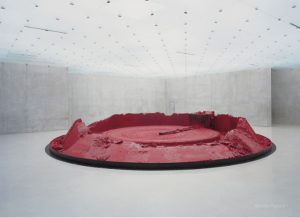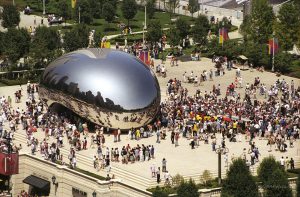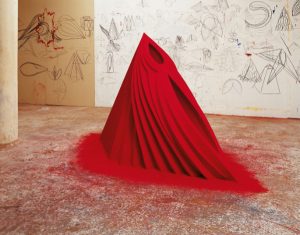In Conversation with Sculptor Sir Anish Kapoor
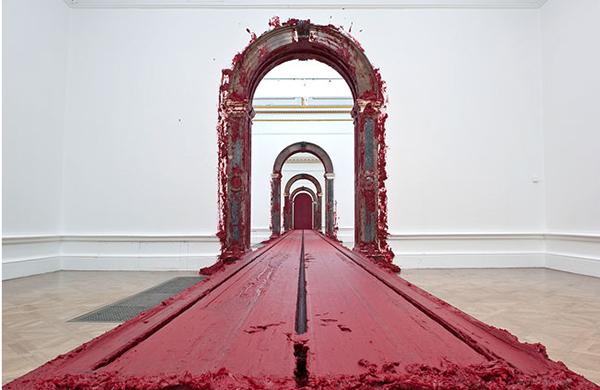
Via anishkapoor.com
May 2, 2016
For one night, art lovers and makers alike flocked to the Upper East Side to hear renowned sculptor Anish Kapoor in conversation with curator Norman Rosenthal as part of the 92Y Talks series. At 92Y, a community center and cultural institution, the living legend discussed his body of work spanning multiple decades. Themes of emptiness, identity and immateriality were introduced and expounded upon.
Kapoor started the conversation with his mantra. As said by the philosopher Levinas, “When the forms of things are dissolved in the night, the darkness of the night […] invades like a presence.”
He relates the quote to his “nonobjects,” which are sculptures that elicit the non personal quality of “emptiness.” For Kapoor, that is not the absence of something, but the presence of nothingness. In his work, concave mirrors and deep indigos create a reflection or bleakness that invites our imagination to define it — as seen in “Cloud Gate,” his bean-like public sculpture in Chicago, for instance.
“It draws you into its concavity in the same way it draws in the city,” Kapoor said.
Incidentally, after the sculpture was completed, he recalled sitting before it and thinking, “Oh no, this is Disney! What have I done? I’ve made an object too popular.”
Indeed, Kapoor had made it clear that his artistic intent is never about popularity or coherence, but instead humanity’s mysteries. Throughout the conversation, he navigated the complexities of his life’s work with passion and authority while Rosenthal — not only an art expert but a longtime friend of the artist — interjected with a few witticisms and technical questions. At the end, audience members were invited to pose questions of their own. The most controversial asked was how Kapoor could reconcile his maleness with the customarily feminine symbol of the void as exemplified in the “Dirty Corner” exhibition and “Shooting in the Corner.” In reply, Kapoor acknowledged the ills of patriarchy, and stated that he was, figuratively, not “all male.” In that breath, he announced that gender transgression is necessary in art.
However, the hottest topic was perhaps on Vantablack, a material which, when placed in a reactor and used to coat an object, renders the deepest black possible. In February, it became public that Kapoor had exclusive rights on this experimental substance developed by Surrey NanoSystem. However, he clarified to the 92Y audience that he is the only artist who approached the defense firm about repurposing the material for art. They are in ongoing collaboration in learning its aesthetic potential. Kapoor is currently planning a bridge covered in Vantablack which would create the illusion of a silhouette and thus trick the senses. He gushed, “Wouldn’t it be terrifying?”
“Today You Will Be In Paradise,” a two-part exhibition of Kapoor’s recent work, will be on view through June 11 at Gladstone Gallery.
A version of this article appeared in the Monday, May 2 print edition. Email Angela Dizon at [email protected].
























































































































































